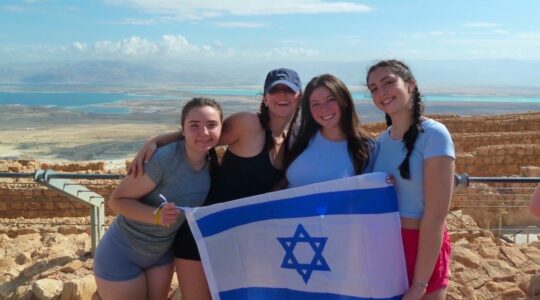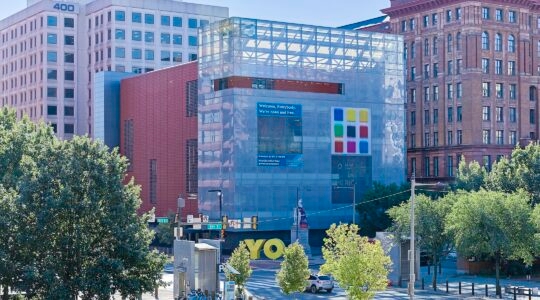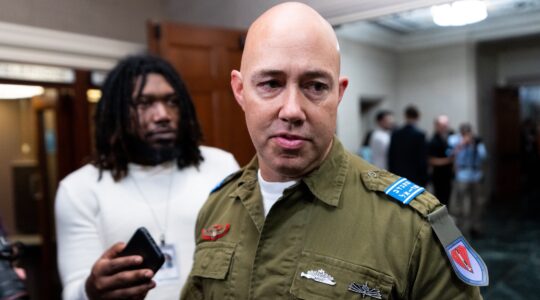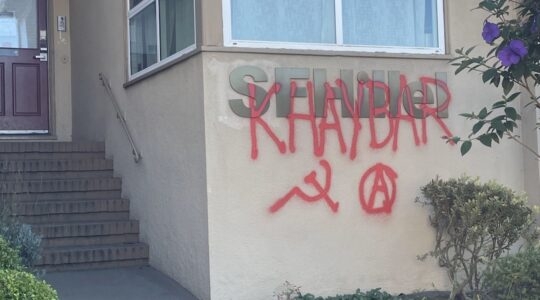SEQ CHAPTER h
1
NEW YORK (JTA) – Against the backdrop of a summer when homeland security officials have issued warnings of potential terror threats against the United States, synagogues across North America are confronting the usual holiday dilemma: how to provide a safe and secure environment for synagogue members and guests while maintaining an open, welcoming environment befitting the High Holidays.
Open and welcoming does not have to mean unsecure. Employing a sound security program involves more than uniformed personnel and physical access barriers. Planning with local law enforcement, trained ushers and greeters, and situational awareness preparedness can enhance levels of security while maintaining a comfortable, welcoming worship environment.
To assist synagogues with security planning preparations, the Secure Community Network has organized and distributed a comprehensive High Holidays Security Planning Checklist. The checklist includes best practices and lessons learned from synagogues and other agencies across the country. It delivers a range of recommendations for efficiently and effectively developing, managing and implementing a security plan for the holidays.
The following security steps should be taken in advance of the holidays:
̈ Countersurveillance:
Countersurveillance is the process of detecting and mitigating hostile surveillance; it is an important aspect of any security program. Good countersurveillance provides a means to prevent an attack from happening. All security personnel, administrative staff, teachers and volunteers should familiarize themselves with the basic elements of this activity. Countersurveillance and suspicious activity guidelines are posted in the High Holy Days Security Archive on the SCN Web site.
̈Law enforcement relations and involvement:
In addition to notifying local law enforcement about prayer and activity schedules for the High Holidays period, it is essential that layouts, plans, blueprints, emergency/crisis management plans and emergency contact lists are shared with your local law enforcement agency. Having the plans accessible to law enforcement and first responders provides them with a better understanding of a facility in the event they need to rapidly respond. The regional offices of the Anti-Defamation League and the American Jewish Committee or the local Jewish federation also can be of assistance for initiating contact with local and state law enforcement agencies if needed.
Other prioritiies include:
̈ * Access control: vehicles, vendors, visitors and congregants.
* Authentication procedures: visitors and guests.
̈ * Prepare for worst case scenarios; practice plans periodically and repetitively.
̈ * Physical and operational deterrence (parked cars, perimeter checkpoints).
Security and safety does not start or stop with the High Holidays. Unfortunately, many acts of desecration and violence against synagogues over the years have been perpetrated randomly without warning. Although there is a lack of specific threat information, the continued risk posed by those wishing to cause harm should always be considered a viable threat, especially during the holiday period.
Paul Goldenberg is the national director of the Secure Community Network. For assistance from SCN, contact (212) 284-6940 or ScanDesk@scnus.org. For details and continuous updates on security preparedness, visit www.scnus.org.
JTA has documented Jewish history in real-time for over a century. Keep our journalism strong by joining us in supporting independent, award-winning reporting.





